Parents and pet owners often ask: How worried should I be around birds of prey? Will they attack or try to carry away my child, dog, or cat? Especially in a rural area like Big Bear, it’s good to know the facts when it comes to predatory birds and other wildlife. We’ll break down the most common birds of prey you’re likely to encounter, how much you should worry (or not) about your kids and pets, and how to keep safe around them.
Which Birds of Prey are the Most Common Concerns?
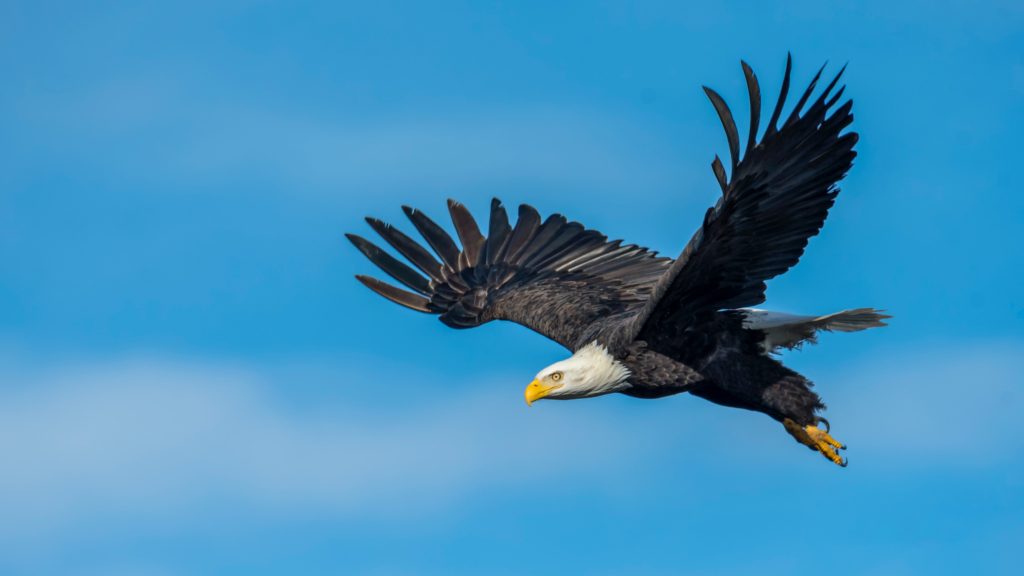
The most common birds of prey (or raptors) in Southern California are hawks, owls, eagles, vultures, falcons, kites, and ospreys. Their name is indicative of their nature: they prey on, and eat, small animals and mammals. These predatory birds have hooked beaks and sharp talons used to hunt and kill their prey, which they typically grab and fly away to feast on (though they can also attack and eat their prey on the ground). Common raptor prey includes other birds, fish, small animals, reptiles, amphibians, and insects.
Will a Bird of Prey Really Carry Off Your Child?
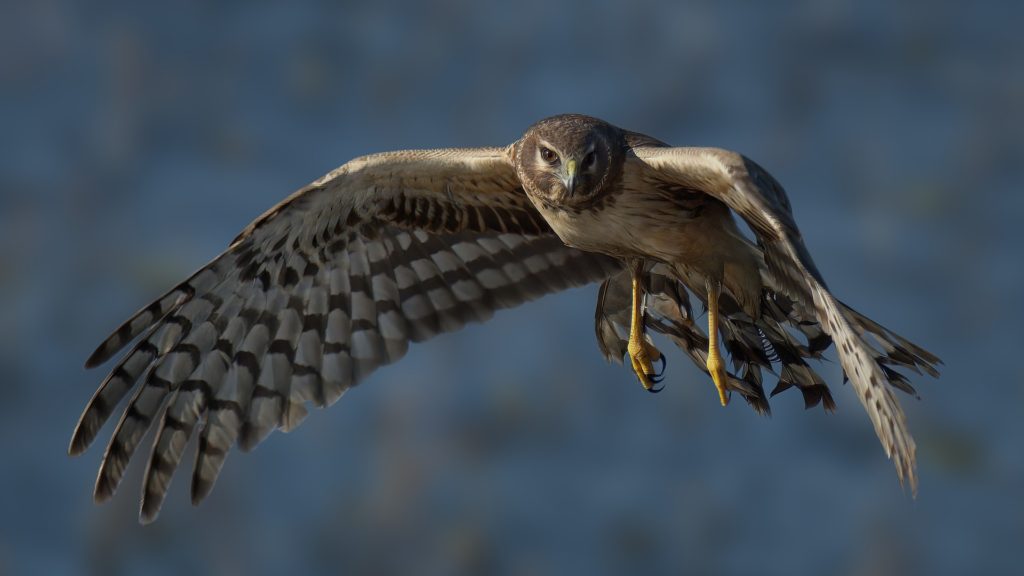
We’ve all heard the stories: an eagle carries off a toddler while the parents are distracted. But are those stories really true? While some stories like these have proven to be hoaxes, there are other stories that are all too real. So, if some of the stories are true, how common are attacks? And what causes birds to attack in the first place?
While eagles, hawks, and other raptors can attack small children, there are only a handful of stories where they do—and they date back over two hundred years. But while it’s still rare that a bird will attack or carry away a child, the National Audubon Society does concede that bird attacks in general are on the rise. The organization blames the loss of bird habitats due to urbanization. However, these instances are also likely to occur during nesting season, when people wander a bit too close to bird nests. So, how can you protect yourself and your family from bird attacks?
How to prevent bird attacks:
- Keep an eye on babies and small children when out in nature—never leave them unattended or let them run ahead of you on a trail.
- Carry an umbrella or wear a hat for cover. An umbrella can also be used to fend off birds on the rare chance that they attack.
- Don’t wear or carry shiny objects that attract birds.
- Avoid visiting common nesting areas while hiking.
Are Your Pets Safe from Birds of Prey?
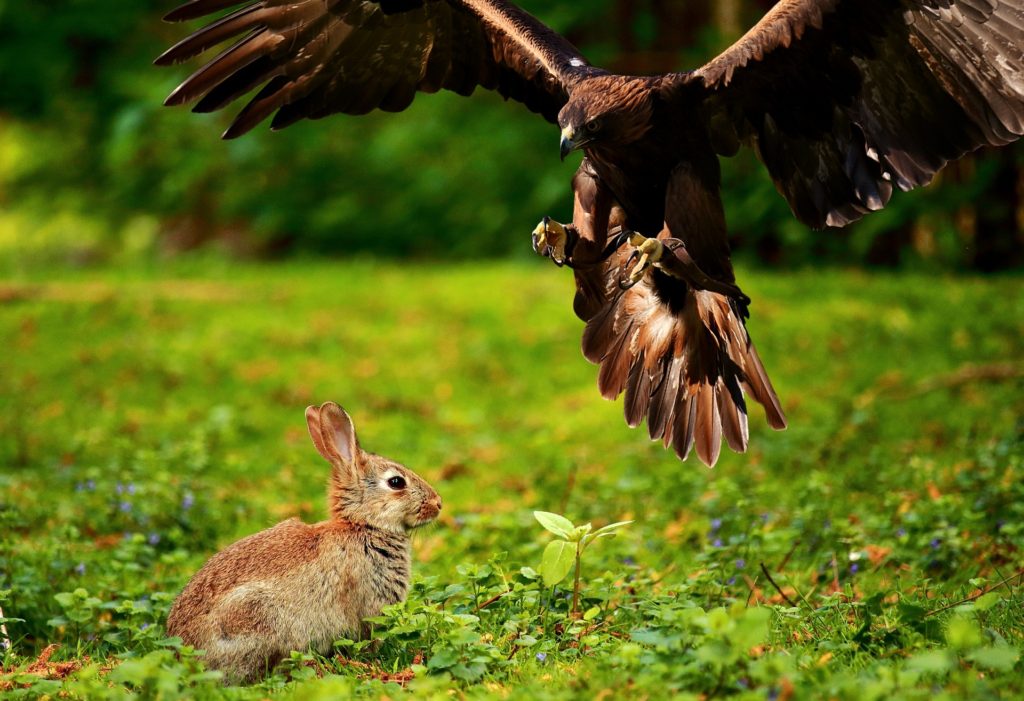
Unfortunately, it’s all too common for hawks, eagles, owls, and other bird predators to attack pets. Small and even some medium-sized dogs, cats, rabbits, guinea pigs, chickens, and other household animals are all at risk when outdoors. How do you protect your pets from bird attacks?
How to protect your pets from bird attacks:
- Supervise and stay close to your pets and animals when outdoors. Birds of prey are less likely to attack when a larger predator (you) are nearby.
- Keep pets/animals safe in an outdoor enclosure that has a sturdy roof, like a cage, chicken run, or catio.
- Transition your cat from an outdoor to an indoor cat. Indoor cats are far less likely to be attacked or killed by a raptor, coyote, or other predators. As such, they typically live up to 13 years longer than outdoor cats.
- Train your dog or cat not to chase or even nose around birds; birds may view these behaviors as threats and may attack to protect themselves and nearby nests.
- Invest in a talon-proof vest for your dog as protection against hawks, owls, eagles, and even coyotes.
- Prune trees around your property to reduce the areas where predatory birds can perch.
- Put up a scarecrow or fake owl to scare birds away.
- Clean up under your bird feeders and don’t leave pet food outside that bring rodents and other small animals that attract hawks and other birds of prey.
Get to Know More About Predatory Birds
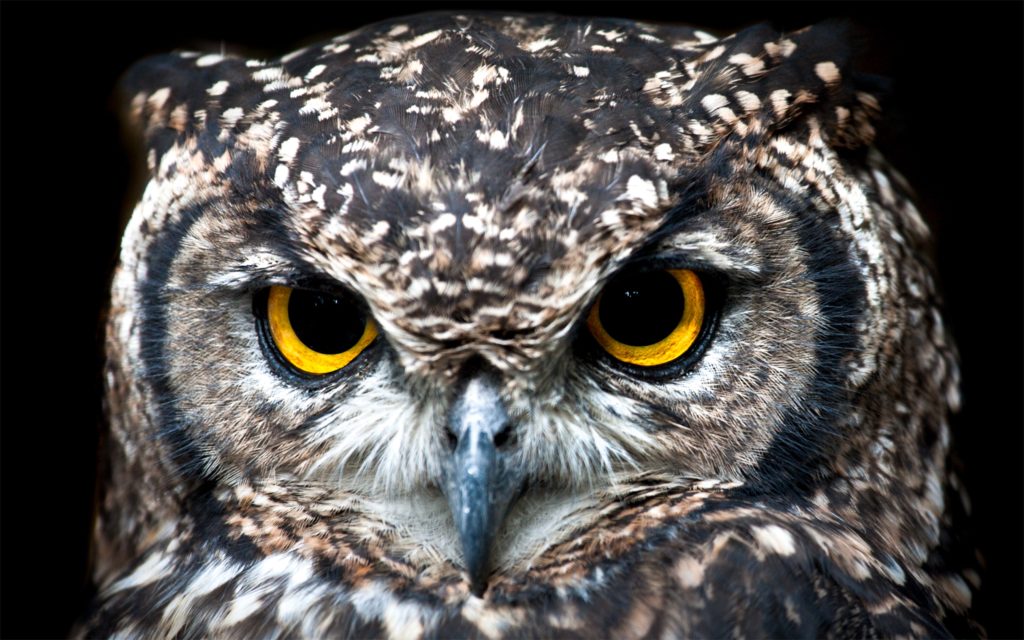
Birds of prey may get a bad rap, but they are a vital part of our entire ecosystem—and remarkably interesting to learn about! You and your family are invited to join our virtual Bird Talk on owls later this month! Learn more about these nocturnal creatures from our guest bird expert in this hour-long presentation, including a Q&A where you can ask your questions. Want to keep up to date on our bird and nature walks? Visit our Activities page to see what’s coming next!

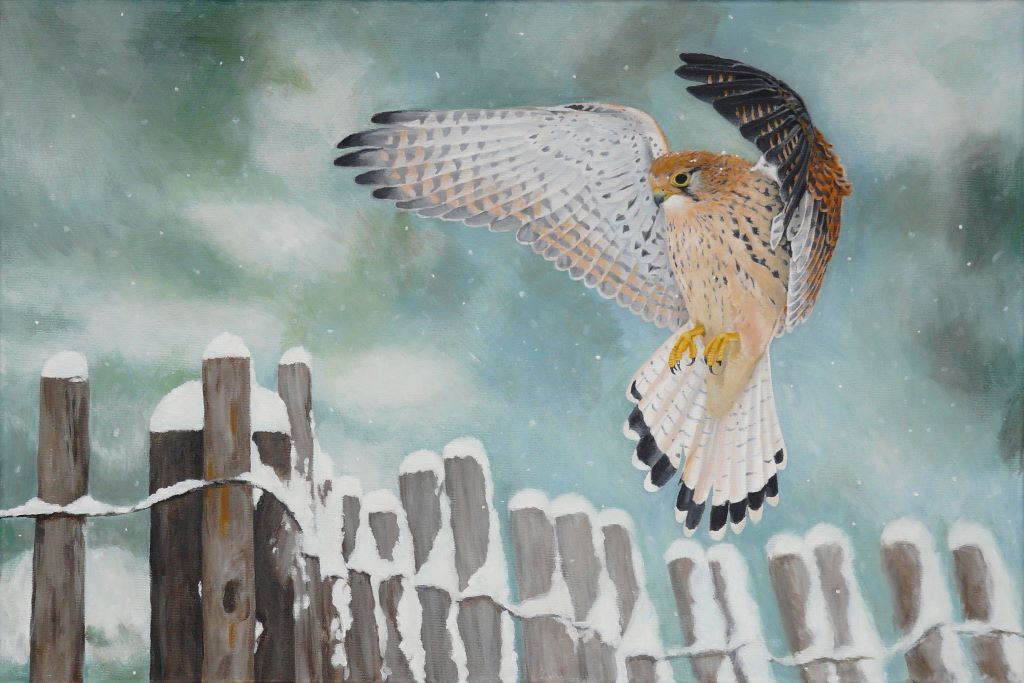

2 comments
BIRDS ARNT DANGEROUS
Cats wrote this.